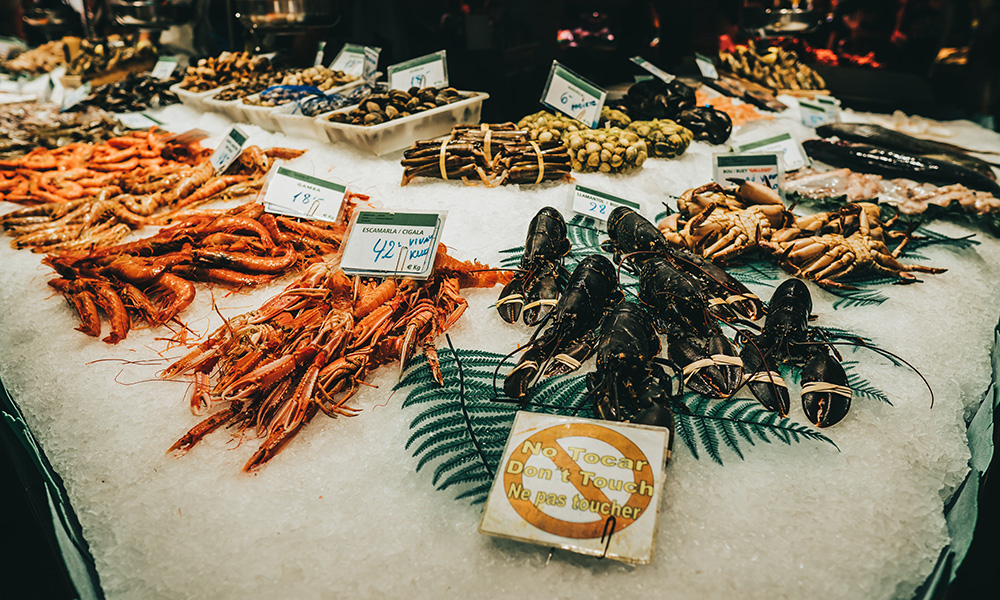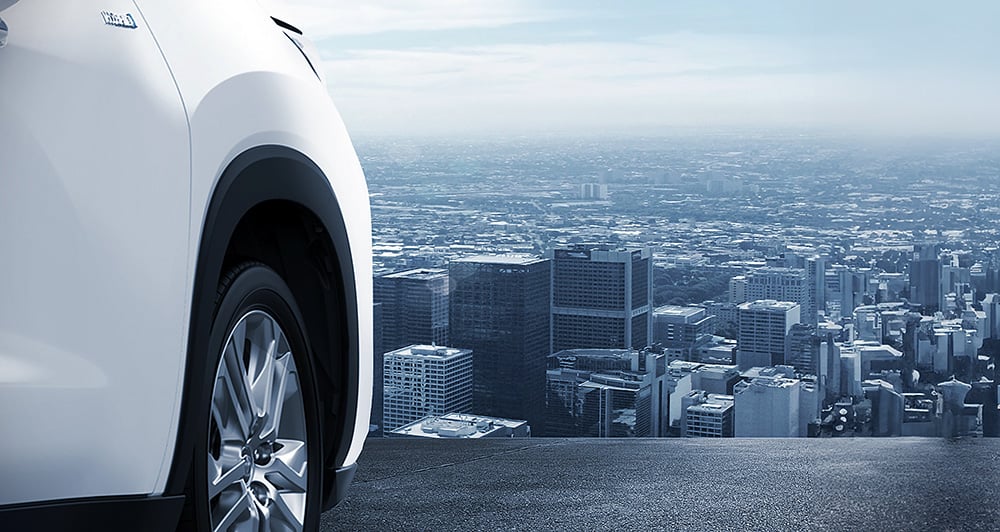
Electric cars are great in many ways, but concerns remain about the batteries that are required to power them. From the general scarcity of certain rare earth materials to the environmental and human impact that mining operations for them can have, the current way that things are done is far from perfect.
Luckily, science never stands still, and boffins have now come up with a new type of battery that may solve many of today’s challenges. The approach taken is quite different from gradual improvements to existing lithium power packs; its components are a lot easier to find, and even easier to recycle.
A team of researchers at the University of Maryland has developed a battery that is not only still 99.7% efficient after 1,000 charge cycles, but also two-thirds biodegradable within five months. What’s left after that can be recycled. The secret behind it is called chitosan, a substance that is mainly derived from chitin, which in turn is primarily found in the shells of crustaceans—from big lobsters to the smallest crab.
Chitosan itself isn’t new and has long been made from the shell waste that accumulates during the processing of shrimp. Its uses are many and include being a cholesterol-lowering agent or being turned into a fibrous material that can then be used as a wound dressing or as a membrane for air or water filtration.

The researchers have now discovered how chitosan can be used in conjunction with zinc and water to produce batteries. Chitosan has proven to be extremely stable and conductive, they write in their study. The zinc-water batteries made with chitosan not only have the advantage that they are easily rechargeable and degradable, but in addition (and unlike lithium-ion batteries, for example) they are not flammable, and the environment is not polluted by lithium degradation. Chitosan can also be produced in an environment-friendly and effective manner.
Ecuador, for example, is home to countless shrimp farms, and over 72,000 tons of shell waste is generated there every year. A study showed that this could be processed in an environment-friendly way and with considerable benefits for the local population. Right now, chitosan batteries are primarily designed to be used as grid storage to store electricity generated from solar energy that could then be used to power a house or charge a car.
Developers have said that the batteries still need to be tested on a larger scale and under commercial conditions before they can really think of mass production. So while the concept is promising, it may be a few years before your EV can be powered by shrimp.











Comments